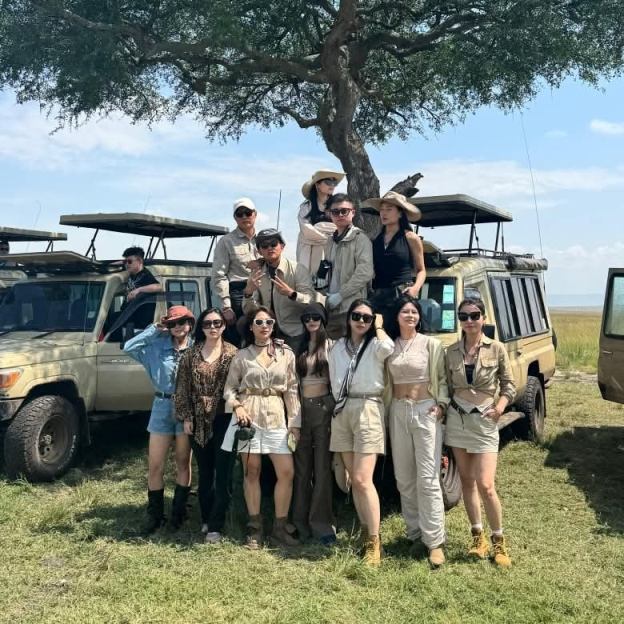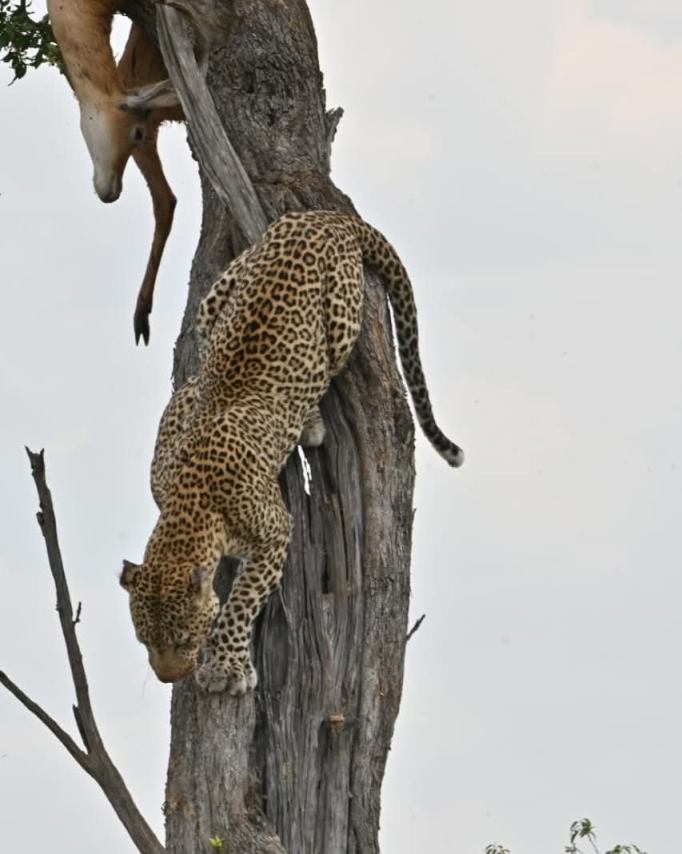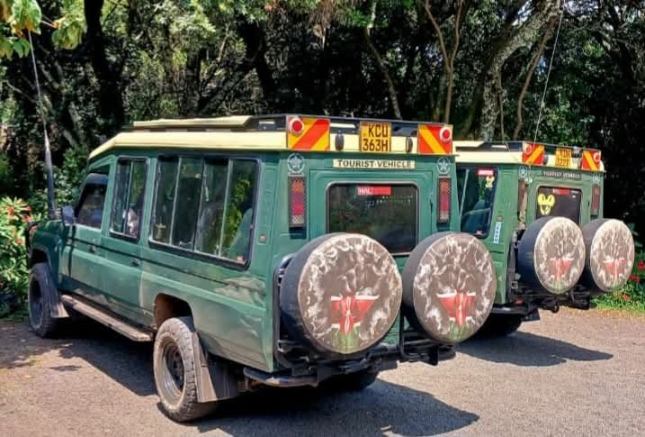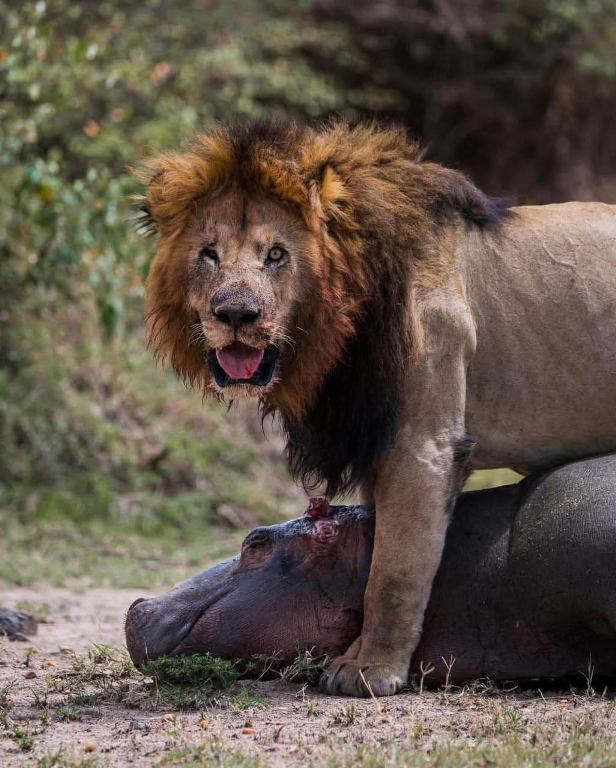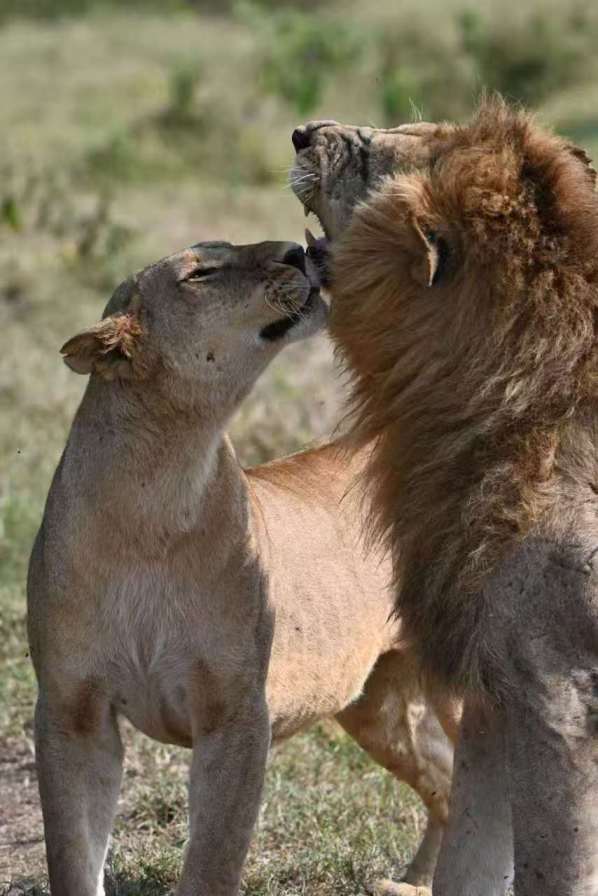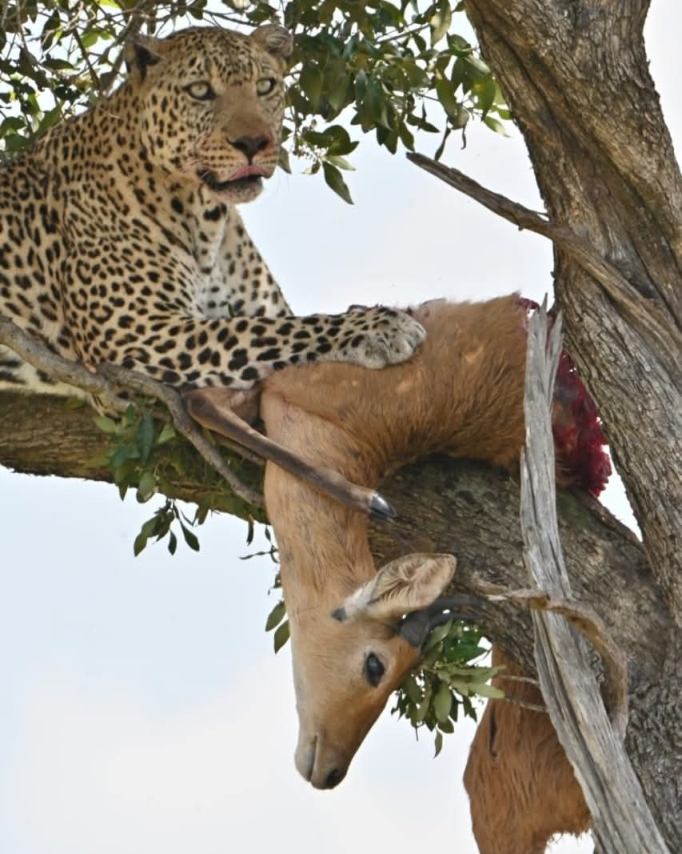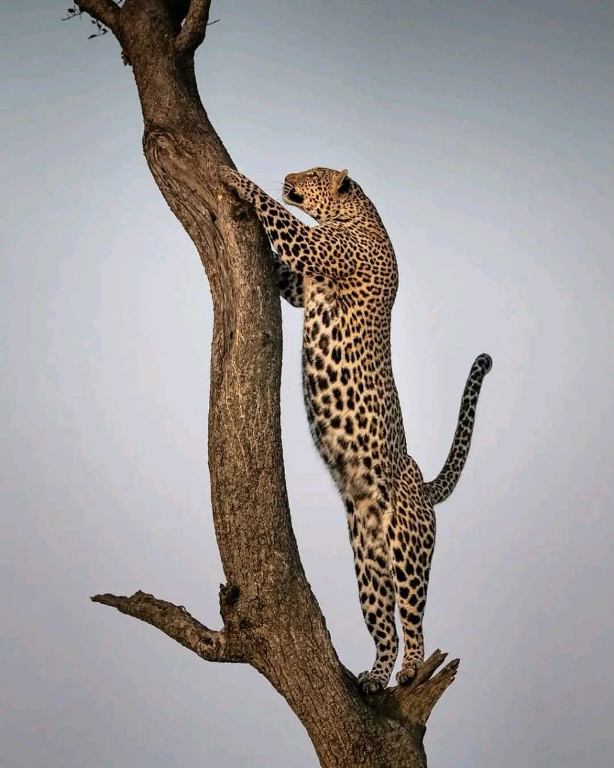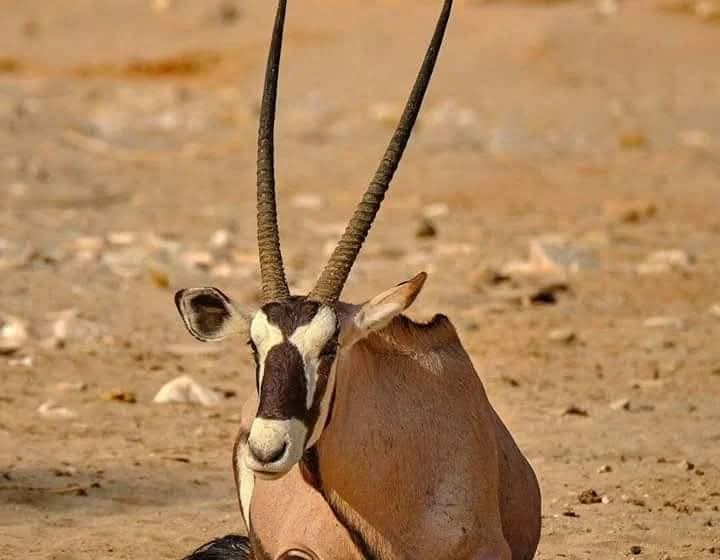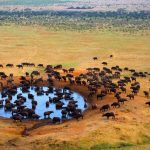The Masai Mara is not only a safari destination, it’s a living work of art in nature, culture, and history. Located in southwest Kenya, it’s one of Africa’s most renowned game reserves and a dream destination for travelers around the world. Whether it’s the rolling savannahs, insane wildlife, or the Great Migration, the Masai Mara is an experience that will stay with you for a lifetime.
This guide delves further into the Maasai Mara, exploring its history, the Maasai people who call it home, the best safari experiences, conservation challenges, and insider tips to help you plan your adventure.
A Brief History of the Masai Mara
The Masai Mara National Reserve was created as a small wildlife sanctuary in 1961 and has grown into one of Africa’s largest conservation areas.
The name Masai Mara is derived from the Maasai people, who have inhabited this area for centuries, and the Mara River that cuts through the reserve. Mara means “spotted” in the Maa language, demonstrating the scattered trees and bushes among the open grasslands.
Today, the Masai Mara, although geographically separate from its neighbor, the Serengeti National Park, is recognized globally as part of the Serengeti-Mara ecosystem, which is one of the last natural migration corridors left for large groups of animals.

The Maasai People and Their Culture
No narrative of the Masai Mara can be considered complete without the Maasai. The semi-nomadic tribe, who are known for their colours, beadwork, and warrior traditions, are a fascinating part of your experience in the region.
A visit to a Maasai village is something many travelers look forward to. You’ll witness traditional Maasai dances, hear about their cattle-herding way of life, and see how they balance that with modern conservation practice.
The Maasai are vital custodians of the land. Many conservancies surrounding the Masai Mara are community-owned, which means all direct income from tourism goes to families in the community.
Wildlife Encounters in the Masai Mara
With one of the most diverse collections of wildlife in Africa, the Masai Mara brings to life what is akin to a nature documentary when you go on safari.
- The “Big Five” – Lion, leopard, buffalo, elephant, and rhino all reside in the Mara, with an abundance of lions being within the ecosystem.
- Cheetahs – The open plains in the Mara make it one of the best places in the world to see cheetahs in action.
- Hippos and Crocodiles – The Mara River has large pods of hippos and giant Nile crocodiles easily seen in the river.
- Herbivores – The savanna is filled with giraffes, zebras, wildebeest, gazelles, and antelopes by the thousands.
- Birdlife – There are over 470 species of birds in the Mara! Avian enthusiasts are in paradise, with raptors and colorful rollers being just a few of the species to be seen.
In a single game drive, you may view a social group of lions resting under acacia trees, elephants crossing the river, and scavenging hyenas immediately after a kill.

The Great Wildebeest Migration
The Masai Mara is home to one of the most extraordinary wildlife spectacles on the planet, one of the largest animal migrations on Earth. Every year from July to October, over 1.5 million wildebeest, zebra, and gazelle cross the border into Kenya from the Serengeti.
The river crossings are the most exhilarating part of the movement of herds. The herds plunge into waters filled with crocodiles while other predators, including lions and leopards, lie in wait on the banks. It’s the purest form of nature, and it’s a once-in-a-lifetime event for anybody unfortunate enough to visit the Maasai Mara during the season of migration.
If you want to be at the front of the action, you must plan well in advance. Most of the camps located near the river are booked months in advance.
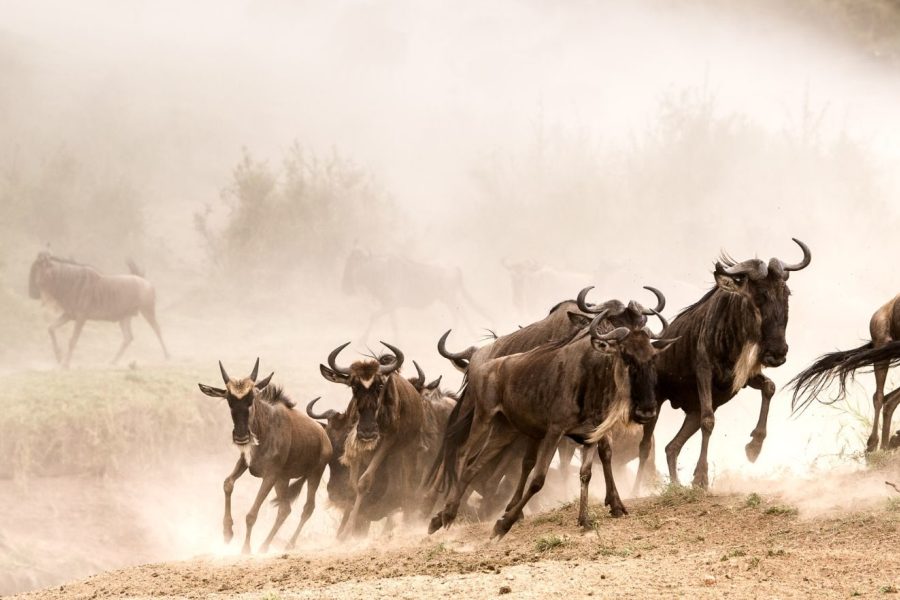
Best Ways to Explore the Masai Mara
The Masai Mara provides visitors with much more than merely game drives. There are a number of options to make the reserve and its surroundings part of your experience.
- Classic Game Drives
The most popular are the morning and evening drives. The guides know where animals hang out and can get you close to the wildlife without disturbing it.
- Hot Air Balloon Safari
One of the scenic highlights of the Masai Mara is the hot air balloon safari. You get to see the savannah at sunrise from above, so you get a full view of the herds. And it ends with a champagne breakfast in the wild, so overall, it’s an experience you will never forget.
- Horseback Safaris
Some private conservancies offer guests horseback safaris. This is great because it allows you to get up close and personal with the wildlife. You are riding alongside zebras and giraffes. It is a great way to experience the Mara in an adventurous way, while still being peaceful.
- Night Drives
Some private conservancies allow night drives. This is important because these drives are not permitted in the reserve itself. You get the opportunity to spot nocturnal animals like leopards, bush babies, or aardvarks that you might not see on a standard game drive.
- Bush Walks
Bush walks are guided walks that will give you a closer experience with nature. You will learn to track animals, identify plants, and understand, in part, how the ecosystem works.
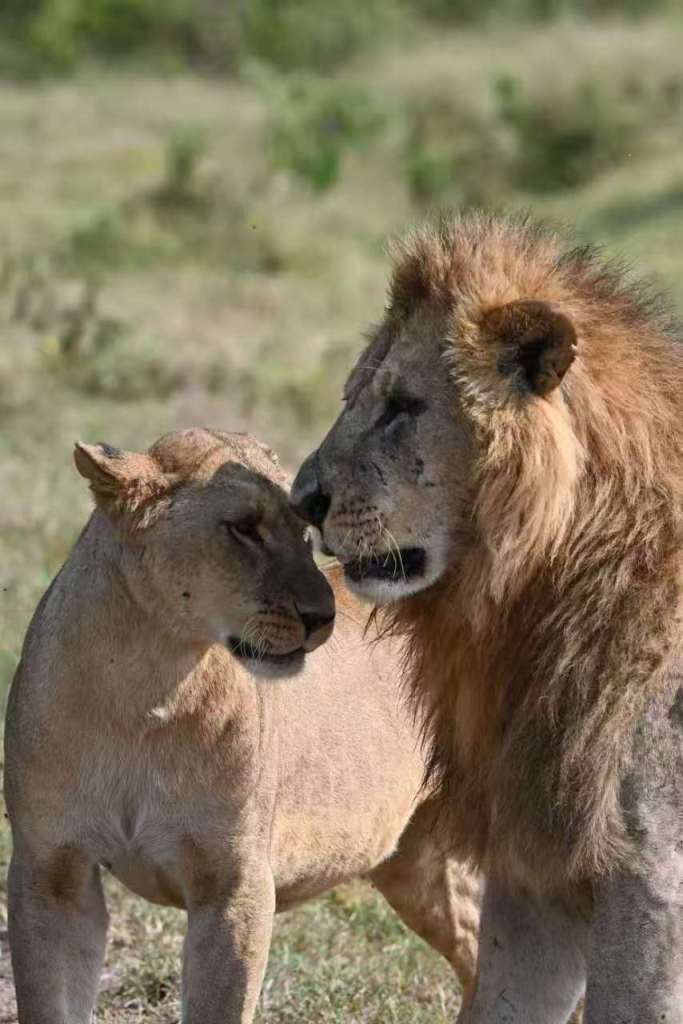
Where to Stay in the Masai Mara
Accommodations in the Masai Mara come in a broad spectrum, from ultra-luxury lodges to extremely budget camps.
- Luxury Lodges – Angama Mara, JW Marriot lodge, Mahali Mzuri, and Mara Plains are noted for their exquisite service, private guides, and unparalleled views.
- Tented Camps – These provide comfort without removing the safari flavour. Places like Entim Camp, The Ritz Carlton safari camp, or Fig Tree Camp offer safari lodging at a comfortable level that truly lets you feel the spirit of Africa.
- Budget Camps – There are economical tented camps for backpackers or gentlemen of fortune, sometimes right next door to the gates of the national park.
- Conservancy Camps – Staying on a conservancy means a degree of exclusivity, fewer crowds, and other activities, like night drives in some cases. Most lodges and tented camps offer a full board service, which means food, accommodation, and game drives are all included.
How to Get to the Masai Mara
There are two primary methods of getting to the reserve:
By Road
The driving time from Nairobi takes between 5 and 6 hours. The roads outside of the city are rough, but the beautiful scenery of the Great Rift Valley is provided during the drive.
By Air
A number of domestic airlines will have their flights from Nairobi’s Wilson Airport arrive at airstrips that are in the reserve. Flight time is about 45 minutes. This is the only way to arrive besides by road, and it is the quickest and most comfortable.
When is the Best Time to Visit?
There are many different ways to experience the Masai Mara, and all the seasons provide unique options.
– July–October is normally the best time to observe the Great Migration.
– December–February is a great time to view large mammals and predators.
– March–June is the green season and the low season for tourism, so you can have a more intimate experience with discounted prices.
There is no wrong month to visit the Mara, and each week or month will have amazing memories.
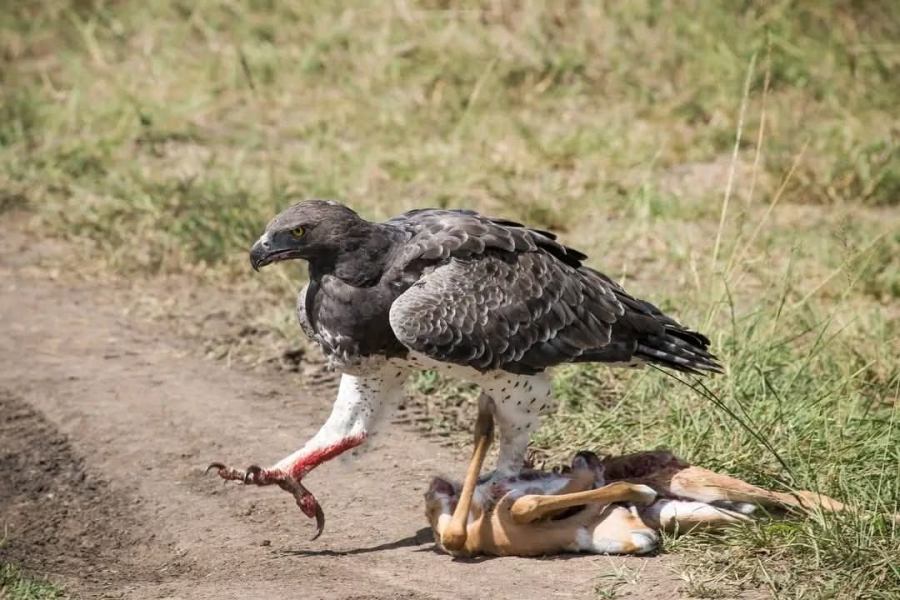
Challenges Facing the Masai Mara
The reserve is aware of a few conservation issues:
- Over-tourism – Too many vehicles at sightings, mainly during migration.
- Human-Wildlife Conflict – Clashes with wildlife are increasing as human settlements encroach.
- Climate Change – Alters rainfall patterns and reduces the grasses available for grazing animals.
- Poaching – Reduced, but still a threat for some species, e.g., rhinos.
Spending an extra $ on eco-friendly camps and community conservancies is a way to help conserve this ecosystem.
Tips for a Smooth Safari
- Make reservations early during migration.
- Bring a good pair of binoculars.
- Dress in neutral colors and wear layers.
- Respect wildlife and understand that you should never leave the vehicle unless told to do so.
- Bring cash for tipping guides and buying crafts.
- Have travel insurance that includes emergency medical evacuation.
- Keep an open mind, as nature can be unpredictable and every sighting is special!
Combining the Masai Mara with Other Destinations
While the Masai Mara is amazing, many travelers link their trip with other destinations in Kenya or East Africa. Here are some popular possibilities:
- Nairobi – Whether you’re before or after your safari, to fully experience everything Nairobi has to offer, you might consider a visit to Nairobi National Park, Giraffe Centre, or Karen Blixen Museum.
- Lake Naivasha and Lake Nakuru – These lakes are the ideal stopovers on the way to the Mara. Lake Nakuru is famed for its rhinos and flamingos, while Naivasha offers boat rides to see hippos!
- Amboseli National Park – This park is known for elephants with Mount Kilimanjaro behind it; it is south of Nairobi.
- Coastal Kenya – After dusty and bumpy safaris, you may be ready to kick back at the spectacular beaches of Diani, Watamu, or Malindi. The white sands and turquoise water are a significant contrast to game viewing!
- Serengeti National Park, Tanzania – Many travelers combine the Mara with Tanzania’s Serengeti, which is ideal if you’re seeking a full migration experience.
Totalling your safari holiday with multiple destinations essentially makes for a diverse and memorable experience!

Sustainable Travel in the Masai Mara
The Masai Mara faces challenges from tourism, human-wildlife conflict, and climate change. As a responsible visitor, you can assist with its conservation.
- Stay in Eco-Lodges – Many of the camps are solar powered and very responsibly managed.
- Be Wildlife Wise – Maintain a safe distance, avoid loud noises, and never litter.
- Support Local Communities – Purchase Maasai crafts, book local guides, and visit community projects.
- Reduce Plastic – Bring reusable bottles and bags with you.
- Opt for Conservancies – If you stay in conservancies, it helps to support both conservation and the Maasai families who own the land.
Travel responsibly and you will help to maintain the Masai Mara for future generations.
Travel Insurance and Health Precautions
Travel insurance is essential when travelling in the Mara. Make sure it covers medical emergencies, cancellations, and evacuations. Medical evacuation can be very expensive without insurance because of how far it is to the Mara.
With respect to health:
- Malaria – Use anti-malaria medication and use the nets supplied by the lodges for your physical protection.
- Vaccination – You may need a yellow fever vaccination depending on your country of origin. Check with your doctor/immunization clinic to be certain.
- Water – Drink bottled or filtered water. Most lodges will provide drinkable safe water.
- Food – The food at the lodges should be safe and fresh, but it is best to eat only at places you can trust.
Final Thoughts
The Masai Mara is more than just a safari location. It is where nature meets culture and beauty. From the striking illustrations of the Great Migration to the serene beauty of sunrise over the plains, you will never forget a moment spent in the Mara.
Whether you are traveling as a lone adventure seeker, as a couple, or with family, the Mara is a getaway for everyone. The Mara is simply a way to reconnect with the emotional power of its raw beauty; it will give you stories and memories to tell for a lifetime.
So pack your bags, grab your camera, and get ready. The Masai Mara is ready to take you into infinity and beyond.

